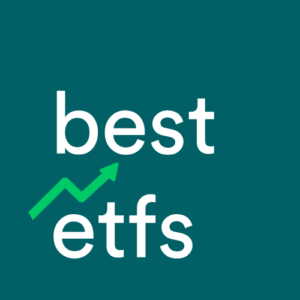Trying to put an exact valuation on Westpac Banking Corp (ASX:WBC) shares is just as much art as science. However, the research and valuation process is arguably the most important part of successful investing and should not be neglected.
Westpac Banking Corporation, more commonly known as Westpac, is one of Australia’s ‘Big Four’ banks and a financial services provider headquartered in Sydney. It is one of Australia’s largest lenders to homeowners, investors, individuals (via credit cards and personal loans) and businesses.
How to research (and value) bank shares WBC and BOQ
Step 1. Culture
Culture and workplace satisfaction are more than just a ‘fluffy’ modern corporate gimmicks. Good workplace culture leads to improved retention of high-quality staff and that ultimately determines the long-term success of a company.
One way Australian investors can take a ‘look inside’ a company like Westpac Banking Corp is to use Seek company reviews data. According to the most recent data we pulled on WBC the company’s overall workplace culture rating of 3.4/5 was above the banking sector average rating of 3.23.
Step 2. Lending
Banks like WBC need debt and good margins to make their model profitable. In basic terms, a bank will take money from term deposit holders and ‘wholesale debt investors’ to lend that money out to homeowners, businesses and investors. The difference between what a bank pays to savers and what it makes from mortgage holders (for example) is the net interest margin or NIM. When it comes to NIMs, the wider the margin, the better.
When you’re forecasting the profits of a bank like WBC or National Australia Bank Ltd. (ASX:NAB), knowing how much the bank lends and what it makes per dollar lent is essential. That’s why the NIM is arguably the most important measure of a bank’s profitability. Across all of the ASX’s major banks, we calculated the average NIM was 2.01% whereas the bank’s lending margin was 2.12%, which means the bank was able to produce a better-than-average return from lending money to customers versus its peers.
The reason for studying the NIM so closely is because Westpac Banking Corp earned 82% of its total income from lending last year.
[ls_content_block id=”3409″ para=”paragraphs”]
Step 3. Return on equity
Return on equity or ‘ROE’ for short compares the yearly profit of a bank against its total shareholder equity as shown on its balance sheet. The higher the ROE the better. Westpac Banking Corp’s ROE in the latest full year stood at 10.5%, meaning for every $100 of shareholder equity in the bank it produced $10.50 in yearly profit. This was over and above the banking sector average of 10.4%.
Step 4. The CET1 ratio
When it comes to safety and risk management, for banks, the CET1 ratio (common equity tier one) is paramount. CET1 represents the bank’s ‘safety capital’ or ‘buffer’ to protect it against complete financial collapse. In the most recent full year, Westpac Banking Corp had a CET1 ratio of 10.67%. This was higher than the sector average.
Step 5. Valuations using dividend payments
A DDM or dividend discount model is one of the best ways to value a bank’s shares. To do a DDM we have to estimate the bank’s dividends going forward and then apply a risk rating. Using this simple DDM, let’s assume the bank’s dividend payment grows at a steady rate into the future (i.e. forever) somewhere between 1.5% and 3%. For the risk rating, we will use risk rates between 9% and 14% and then average the valuations.
And the result? Our simple DDM valuation of WBC shares is $19.79. However, using an ‘adjusted’ dividend payment of $1.20 per share, the valuation goes to $13.65. The valuation compares to WBC’s current share price of $18.79.
Ultimately, although the shares might seem expensive using our simple DDM model, don’t make a decision based on this article. Please go away now and consider all of the risks and ideas we presented here. While you’re at it, you might also consider a diversified shares ETF, dividend fund or at least grab a copy of our free investment report below.
[ls_content_block id=”3302″ para=”paragraphs”]



